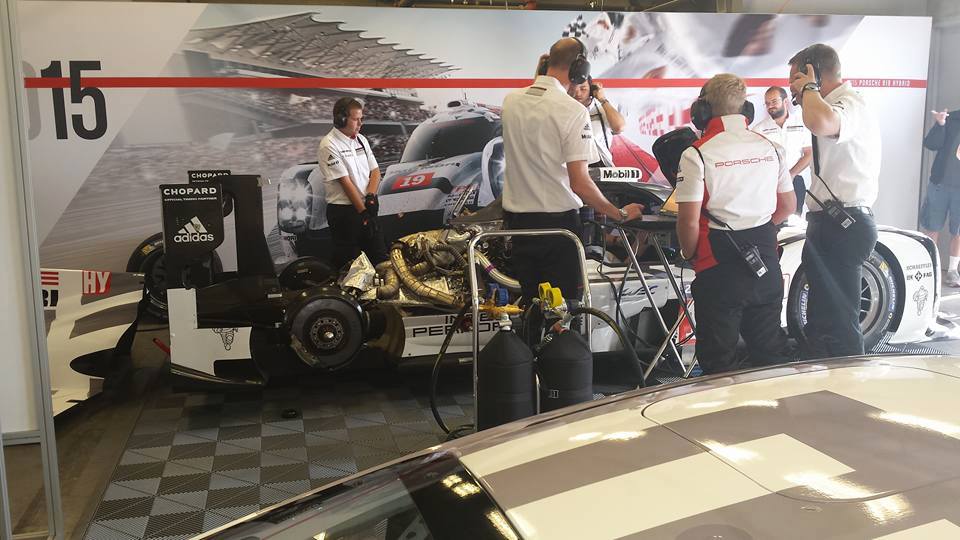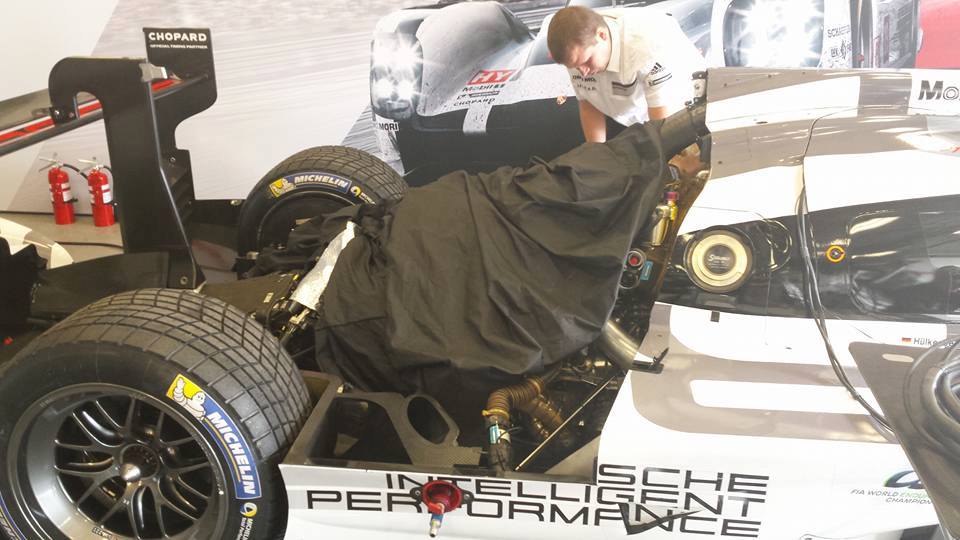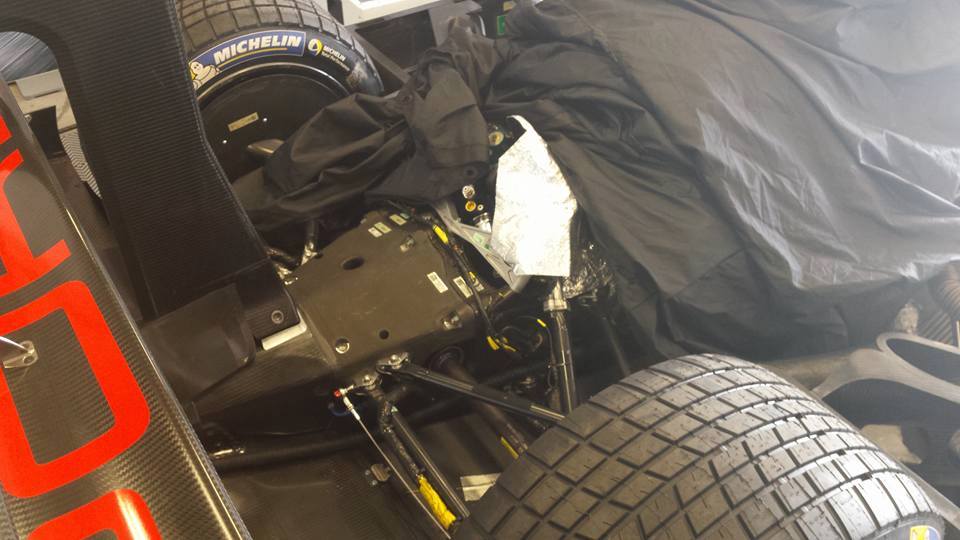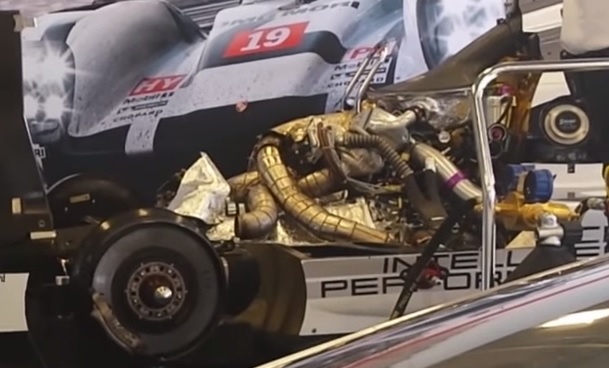Open development is the only cure to that kind of problems.ferkan wrote:According to F1 Insider, Honda and Ferrari want open development of engines next season and Merc is not against the idea.
- Login or Register
No account yet? Sign up
Open development is the only cure to that kind of problems.ferkan wrote:According to F1 Insider, Honda and Ferrari want open development of engines next season and Merc is not against the idea.
Well with the extra year of development work that Mercedes did, you would think that their engineers have explored many avenues and written them off as dead ends, whilst Ferrari and Honda may yet have traveled those paths...alexx_88 wrote:If I'd be Ferrari and Honda and heard that Merc was open to the idea, I'd be very scared!
It means that they think there's a lot of room to develop these PUs and, more importantly, are confident that they'll be able to develop faster than the others. That's worrying.
The compressor needs much much more than that to support 700 bhp. i did a small turbine project once and that little compressor could use as much as 70hp. That turbo was designed to deliver about 350 hp. So You can assume you need no more than about 20% in relation to the ICE horsepower to turn the compressor. So in this case to make 700 hp you need about 140hp max to turn the compressor in F1. it might be much lower because of better efficiency... say it could be as low as about 13% in relation to engine power so it could be in the region of 90 hp to 140hp.Brian Coat wrote:"Using some of my calculators from a few turbo company's the turbo needs around 42HP to run the compressor and has about 60HP max left over based on the F1 fuel limit. This is based on some of the most efficient radial turbos of today."
This is essentially right but the size of the leftovers will vary depending how you cook the main course : in the ICE.
The forum debate about combustion strategies in the ICE has rumbled on for months, partly because of this reason ...
Interesting. On your turbo that needed 70 hp what was the compressor efficiency, A/F ratio, and intake boost level?PlatinumZealot wrote:The compressor needs much much more than that to support 700 bhp. i did a small turbine project once and that little compressor could use as much as 70hp. That turbo was designed to deliver about 350 hp. So You can assume you need no more than about 20% in relation to the ICE horsepower to turn the compressor. So in this case to make 700 hp you need about 140hp max to turn the compressor in F1. it might be much lower because of better efficiency... say it could be as low as about 13% in relation to engine power so it could be in the region of 90 hp to 140hp.Brian Coat wrote:"Using some of my calculators from a few turbo company's the turbo needs around 42HP to run the compressor and has about 60HP max left over based on the F1 fuel limit. This is based on some of the most efficient radial turbos of today."
This is essentially right but the size of the leftovers will vary depending how you cook the main course : in the ICE.
The forum debate about combustion strategies in the ICE has rumbled on for months, partly because of this reason ...
It's relatively easy to calculate required compressor power.Brian Coat wrote:"Using some of my calculators from a few turbo company's the turbo needs around 42HP to run the compressor and has about 60HP max left over based on the F1 fuel limit. This is based on some of the most efficient radial turbos of today."
This is essentially right but the size of the leftovers will vary depending how you cook the main course : in the ICE.
The forum debate about combustion strategies in the ICE has rumbled on for months, partly because of this reason ...
Ok your numbers sound more accurate. Mine was based on when i used the turbo for a gas turbine project. My numbers were from memory.pgfpro wrote:Interesting. On your turbo that needed 70 hp what was the compressor efficiency, A/F ratio, and intake boost level?PlatinumZealot wrote:The compressor needs much much more than that to support 700 bhp. i did a small turbine project once and that little compressor could use as much as 70hp. That turbo was designed to deliver about 350 hp. So You can assume you need no more than about 20% in relation to the ICE horsepower to turn the compressor. So in this case to make 700 hp you need about 140hp max to turn the compressor in F1. it might be much lower because of better efficiency... say it could be as low as about 13% in relation to engine power so it could be in the region of 90 hp to 140hp.Brian Coat wrote:"Using some of my calculators from a few turbo company's the turbo needs around 42HP to run the compressor and has about 60HP max left over based on the F1 fuel limit. This is based on some of the most efficient radial turbos of today."
This is essentially right but the size of the leftovers will vary depending how you cook the main course : in the ICE.
The forum debate about combustion strategies in the ICE has rumbled on for months, partly because of this reason ...
On my car 2.0L at 45 lbs intake pressure at 7000 rpm with a corrected air flow of 73 lbs/min, with a A/F ratio of 11.5:1, and a compressor efficiency around 66% (older design turbo, my new turbo that is not installed yet is rated at 76%) the turbo needs around 168 hp to run the compressor with the engine making 756 hp at 171kg/hr. witha BSFC of .50 lb/hp-hr
My inputs for the F1 engine are 15.3psi intake pressure at 10500 rpm with a corrected air flow of 46 lbs/min, with a A/F ratio of 12.4:1, and a compressor efficiency around 78%. Both of my turbo calculators are saying the turbo hp requirements are at 42 hp, with the engine making around 690 hp based on the F1 fuel limit of 100kg/hr. with a
BSFC of .32 lb/hp-hr
Now by just by changing the A/F ratio to 16:1 there will be a increase in turbo compressor hp up to 76 hp, because the boost will have to be increased to 24.4 psi. to get to the 100kg/hr fuel limit. The mass air flow also will increase to
59 lbs/min.




Yea there isn't any free energy flow in the LMP1 regulations, but they aren't power limited either (until next year).wuzak wrote:I think that WEC cars can't directly use the exhaust recovered energy in their MGUK - has to be routed to the battery.
Porsche use a turbo and a power recovery turbine - which is why it looks quite complicated.
Next year only in le mansCold Fussion wrote:Yea there isn't any free energy flow in the LMP1 regulations, but they aren't power limited either (until next year).wuzak wrote:I think that WEC cars can't directly use the exhaust recovered energy in their MGUK - has to be routed to the battery.
Porsche use a turbo and a power recovery turbine - which is why it looks quite complicated.